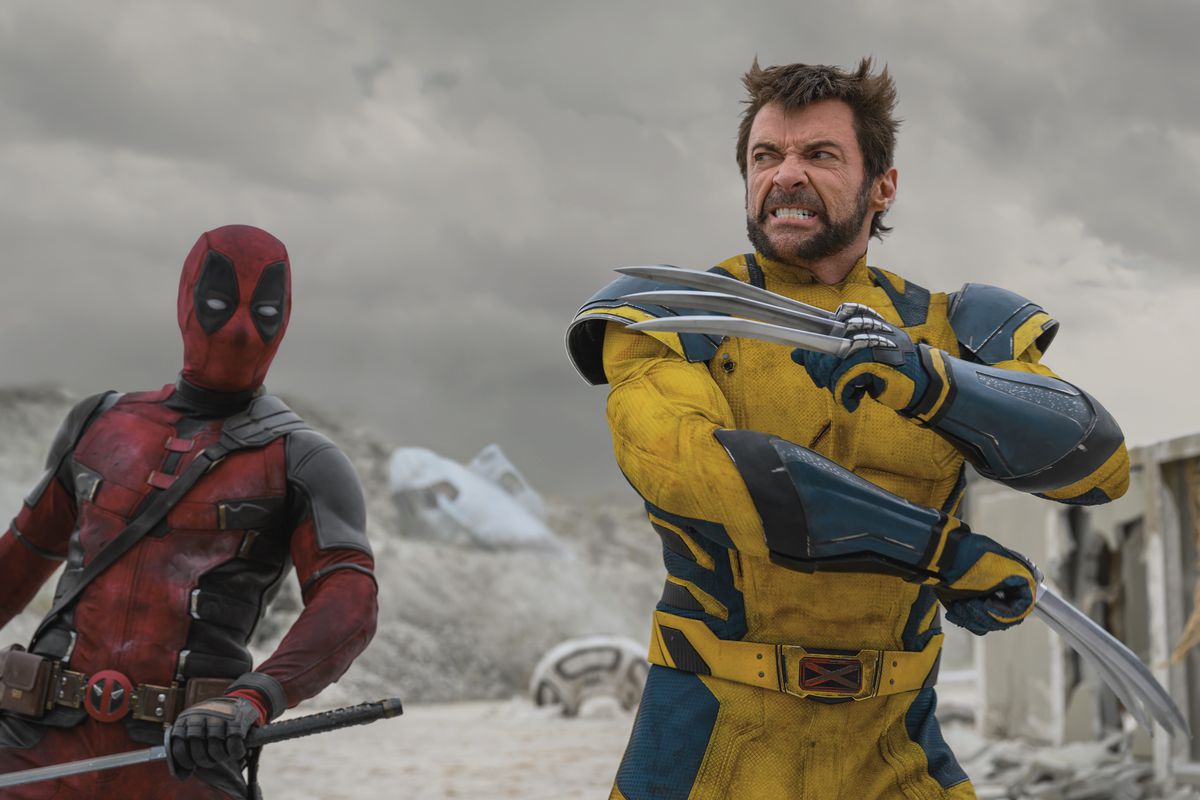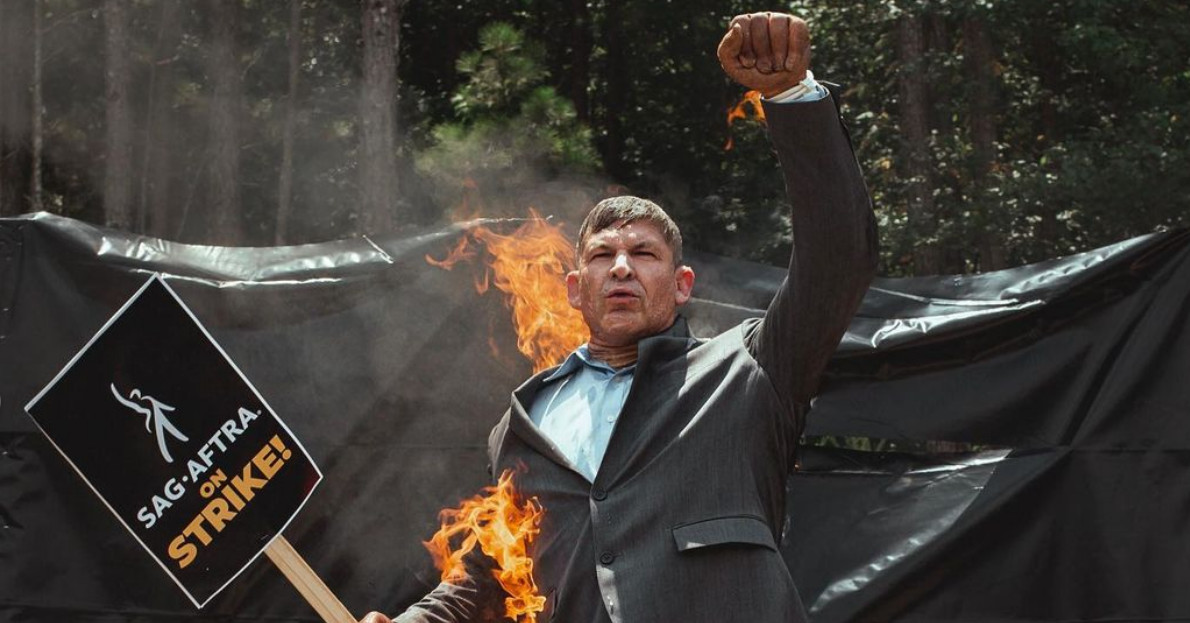Like its rubber protagonist, One Piece is a media franchise that can bend and stretch every which way. Created by manga artist Eiichiro Oda, One Piece portrays a young boy named Luffy and his band of goofy pirates on their quest for a mystical treasure called the One Piece. It started as a serialized comic in Weekly Shōnen Jump in 1997. Fast forward over 25 years, and the series is still ongoing, with 1,000 chapters published and over 100 volumes. Since its inception, the series has received a popular anime adaptation, multiple feature film adaptations, several video games, and now a live-action series from Netflix.
One Piece is a cultural force both enormous and niche at the same time. Its sheer size has almost served as its own form of fortified naval gates that push some away — even longtime anime fans. Now, with the Netflix live-action series coming out on Aug. 31, those interested in the series will get a new entry point. A fresh start, if you will. But what is One Piece exactly, and why is it so popular? Here is the cultural phenomenon known as One Piece, explained.
What is One Piece?
One Piece is a manga and anime series that follows Monkey D. Luffy, a young boy with a dream to become the greatest pirate in the world. As a child, he eats a mystical plant called a Devil Fruit that grants him the power to stretch like rubber. The series starts as Luffy ventures out into the world for the first time and starts to amass a crew of pirates. The main group grows over time but starts with the founding members of Luffy, Nami the navigator, and a swordsman named Roronoa Zoro (localized as Zolo in some Western versions of comic). Eventually, Luffy and his crew become known as the Straw Hat Pirates, and his posse undertakes a series of swashbuckling adventures across the ocean.
Much of the joy of One Piece comes from its whimsy. Throughout the series, Luffy travels the world from island to island, each with its own setting and theme. It’s a rather fantastical world filled with anthropomorphized animals, living skeletons, and more delightfully odd beings. One moment the crew will be in a winter wonderland; the next, a tropical isle populated by giants. The series bursts with silly and colorful details: Zoro wields a sword with his mouth, a fearsome military leader wears a cute bulldog hat, and characters don’t talk with phones, but rather via special “transponder snails” that can send and receive messages. Luffy himself is a carefree spirit; he just wants to devour a scrumptious meal, and loves some good potty humor.
:no_upscale()/cdn.vox-cdn.com/uploads/chorus_asset/file/24873193/download.jpg)
Despite the more lighthearted elements of the series, much of One Piece centers around themes of liberation. Over the course of his adventures, Luffy often takes up arms in support of his friends and inspires others to rise up against pirate oppressors and state-sanctioned military occupations alike. Typical to the conventions of a shonen manga, Luffy and the crew grow stronger and stronger with each subsequent fight. A lot of the story focuses on the moments where Luffy overcomes a seemingly insurmountable challenge and unearths some sort of hidden power. Gradually, these fights strengthen Luffy and his crew and take them closer to his end goal of finding the One Piece.
Why is it called One Piece?
At the beginning of the manga and anime, Pirate King Gol D. Roger confirms the existence of the mythological treasure known as the One Piece. The show is called One Piece because Luffy wants to find the One Piece and become the next Pirate King. The title of the series references one of Luffy’s ultimate goals in the show.
All right, so what is the One Piece?
This question continues to be one of the greatest mysteries of the series. The manga is over 1,000 chapters in and we still don’t know what the One Piece is. According to information from the manga, we know that the One Piece is the name given to the treasure that Gol D. Roger accumulated throughout his journeys. However, there’s still a lot we don’t know about the treasure. Fans have responded with plenty of theories about what the One Piece is, but we don’t know what it is or if it’s even a tangible object. For all we know, the One Piece could be the friends Luffy makes along the way.
How long are the One Piece manga and anime?
At the time of publication, the streaming service Crunchyroll has 1,073 episodes of the One Piece anime. Each episode runs roughly 24 minutes with credits, meaning that the total length of the series runs at 25,752 minutes or 429.2 hours. In total, this adds up to just under 18 days straight of programming. Similar to the show, the manga has run for a long time. There are 1,090 chapters and 103 volumes available on the American Shōnen Jump app.
Both the manga and the anime series continue to receive new episodes and chapters. Generally speaking, both typically receive a new episode and chapter weekly. However, an end is in sight. In 2020, Oda announced One Piece would continue for four to five more years, and two years later, he said that the next section of the story would start the final “saga” of One Piece.
:no_upscale()/cdn.vox-cdn.com/uploads/chorus_asset/file/23070342/luffy.jpg)
The anime series takes certain liberties to adapt the story of the manga — like extending fight scenes or adding characters — but it generally follows the same story beats of the manga. At the time of publication, the anime lags just one storyline behind the manga series. To give an example, in early August, the anime finally aired a famous Gear 5 fight scene; the equivalent chapter of that story beat was published in the manga at the end of March 2022.
How popular is One Piece?
Over the years, both the manga and anime of One Piece have grown to include global audiences. One Piece, the manga, is published in Japan by Shueisha in the magazine Weekly Shōnen Jump. The comic is known for being the No. 1 top-selling manga series of all time. According to one estimate, the series boasts over 516.6 million in sales and broke the world record for “the most copies published for the same comic book series by a single author” in 2015 and again in 2022.
The anime series — created by Toei Animation and licensed in North America by Crunchyroll — is similarly beloved. The entertainment analytics firm Parrot Analytics finds that audience demand for One Piece is “40.7 times the demand of the average TV series in the United States in the last 30 days.” Additionally, among users of the app TV Time, which tracks the shows and movies people watch, One Piece was the most-watched series of 2022, beating out other popular series like Stranger Things.
So now that we know it is, like, really really big, why do people care about One Piece so much?
:no_upscale()/cdn.vox-cdn.com/uploads/chorus_asset/file/24878317/803_2c_09051005_full_rangeR.jpg)
To me personally, the marvel of One Piece is not that it’s big or popular, it’s that it’s good. It’s not easy to create a manga that can keep someone’s attention for 100 chapters, let alone continue to create a compelling story that folds in 25 years of storytelling and adventures. I won’t call out any other specific manga, but it’s not uncommon for a series to drag on too long and seemingly lose what made it special to begin with.
Sure, some story beats in One Piece drag on more than others, and sometimes we get a character that sort of misses the mark. But Oda continues to exercise a love for his craft and has maintained the core goofy spirit of One Piece from start to present. After all this time, we haven’t given up on Luffy’s dream, and I have a feeling Oda won’t either.








